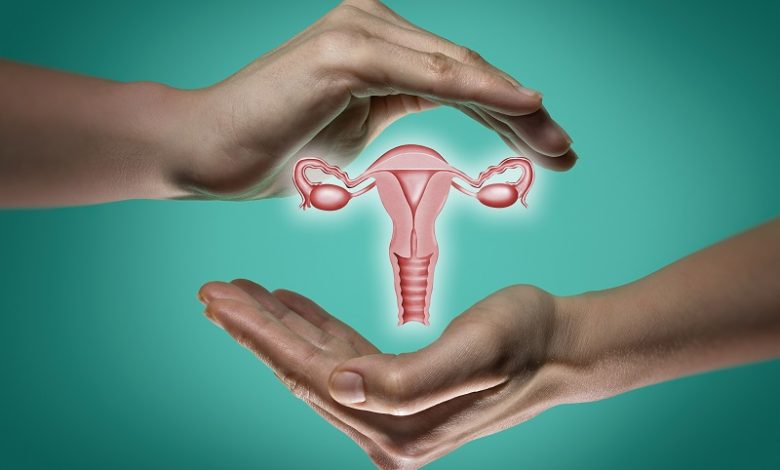Is Cervical Cancer the Same as Ovarian Cancer?

Many people wonder, Is Cervical Cancer the Same as Ovarian Cancer? While both are types of gynecological cancers that affect the female reproductive systems, they are distinct conditions with different origins, symptoms, and treatment options.
Cervical cancer begins in the cervix, which is the lower part of the uterus, while ovarian cancer starts in the ovaries, the organs that produce eggs.
Understanding the differences is vital for recognizing symptoms and knowing how to protect your health. Cervical cancer is often linked to HPV infections, and getting the HPV vaccine can significantly lower your risk.
Regular screenings and consultations with a primary care in Surprise, AZ, can help detect these cancers early and improve outcomes.
In contrast, ovarian cancer has various risk factors, including genetic mutations and family history. Both types of cancer require early detection for better outcomes, making regular screenings essential.
This blog will delve into the distinctions, risk factors, symptoms, and treatment options for cervical and ovarian cancers.
Understanding the Differences in Cancer Types
Cervical cancer and ovarian cancer are different in many ways. Cervical cancer begins in the cervix and is often caused by HPV infections. This virus can lead to abnormal cell changes that, if not detected and treated early, may progress to cancer.
On the other hand, ovarian cancer starts in the ovaries and can sometimes spread to the fallopian tubes.
While both types of cancer are serious, they have different risk factors and methods for detection. Understanding these differences can help you take charge of your health and discuss any concerns with your healthcare provider.
Risk Factors for Cervical and Ovarian Cancer
When considering risk factors for both types of cancer, there are important distinctions. For cervical cancer, the primary risk factor is infection with high-risk types of HPV. Other factors include having multiple sexual partners and a weakened immune system.
Conversely, the risk of developing ovarian cancer can be influenced by genetic mutations, family history, and age.
Women with a family history of breast or ovarian cancer may have a higher likelihood of developing ovarian cancer due to inherited genetic mutations.
Knowing these risks allows women to make informed choices about their health and discuss preventative measures with their healthcare providers.
Symptoms to Watch For
Recognizing the symptoms of ovarian cancer is critical for early detection. Common symptoms include abdominal bloating, difficulty eating, and pelvic pain.
Unfortunately, these symptoms can be vague and are often mistaken for other conditions, making early diagnosis challenging. In contrast, cervical cancer may not present noticeable symptoms until it is advanced.
Regular Pap tests can help detect abnormal cells in the cervix early on, significantly increasing the survival rate for cervical cancer. Being aware of the signs and symptoms of both cancers is essential for timely medical intervention.
Early Detection and Screening
Early detection is key for both cervical and ovarian cancers. For cervical cancer, routine Pap tests are crucial, as they can identify precancerous changes before they develop into cancer.
Women should begin getting Pap tests at age 21 and continue every three years, or as recommended by their primary care physician in Surprise, AZ.
For ovarian cancer, no standard screening tests exist, but blood tests measuring certain markers can help assess risk. If you have a family history of ovarian cancer, discussing screening options with your doctor is essential. Regular check-ups are vital to catch any issues early.
Treatment Options for Both Cancers
The treatment options for cervical and ovarian cancer vary based on the stage and type of cancer. Cervical cancer is often treated with surgery, radiation, and chemotherapy, depending on how advanced the disease is.
In contrast, ovarian cancer treatment may include surgery to remove the ovaries, followed by chemotherapy.
Some women may also consider targeted therapy or clinical trials for advanced cases. Knowing the treatment options available can help empower women to make informed decisions about their health care.
Conclusion
In conclusion, understanding whether Is Cervical Cancer the Same as Ovarian Cancer? is essential for women’s health. While both are serious conditions affecting the female reproductive system, they have distinct origins, symptoms, and treatment options.
Cervical cancer starts in the cervix and is often linked to HPV, while ovarian cancer begins in the ovaries and may be influenced by genetic factors.
Regular screenings and awareness of risk factors are crucial for early detection. If you have concerns or questions, don’t hesitate to consult a primary care Surprise, AZ provider.
At Surprise Care, we are here to help you understand your health better and guide you through any questions you might have. Call us for more information on women’s health services today!




